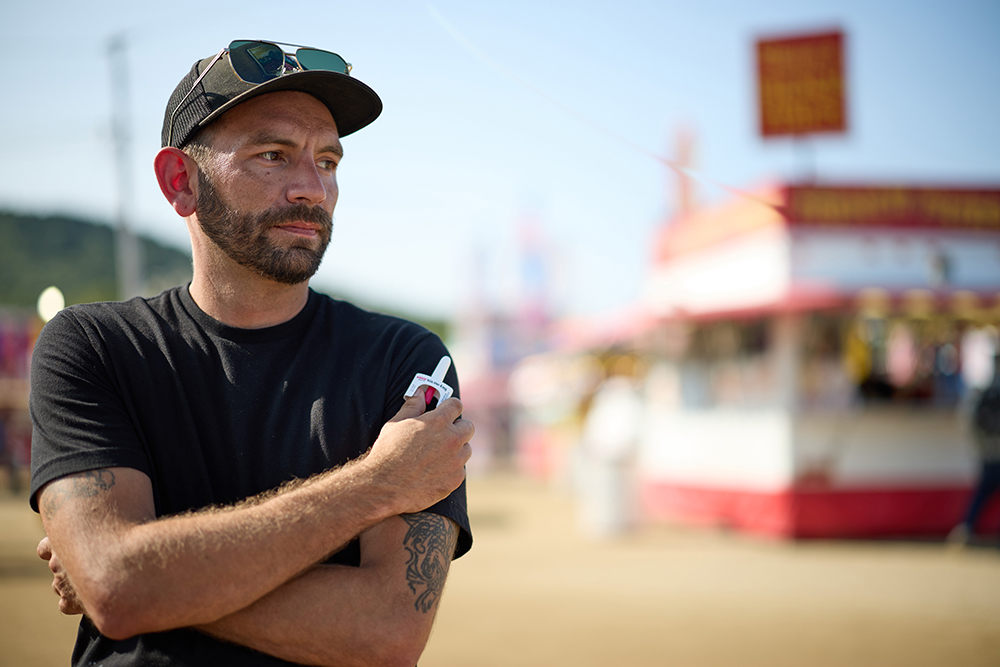
Naloxone (for example NARCAN®) is a lifesaver—literally. It's the go-to emergency treatment for suspected opioid overdoses, and it’s becoming increasingly more common in public spaces, homes, and healthcare settings. Still, there are some persistent misconceptions about naloxone. Let’s clear the air with four facts you might not know about this important intervention.
Naloxone Is Safe to Use
One of the biggest fears surrounding naloxone is the worry about causing harm if you give it to someone who isn’t experiencing an opioid overdose. The truth is, naloxone is exceptionally safe because it specifically targets opioid receptors in the brain, with no effect on someone without opioids in their system. This means that if you're unsure whether a person has overdosed on opioids, administering NARCAN is a safe choice that could potentially save a life.
You Don’t Need to be a Medical Professional to Administer Naloxone
Naloxone is designed for quick and easy use in emergency situations—no medical degree required. It comes in a nasal spray form, making it straightforward to administer. This ease of use empowers people to act in moments of crisis and save lives.
You Can Get Naloxone Without a Prescription
Accessibility is key in the fight against the opioid crisis, and naloxone is available without a prescription in many pharmacies across the United States—that means that more people can carry this life-saving medication. Whether you know someone at risk of an opioid overdose or just want to be prepared to help, getting naloxone is easy and encouraged. Check out getmainenaloxone.org for more information.
Using Naloxone Is a Bridge, Not a Solution
While naloxone can reverse the effects of an opioid overdose, it's important to remember that it's not a cure for opioid addiction or a substitute for comprehensive medical care. After administering naloxone, it’s crucial to call emergency services immediately. The person will still need medical attention to ensure they recover fully and address the underlying issue of opioid use disorder.
The bottom line: understanding naloxone and its role in emergency overdose treatment can demystify its use and encourage more people to carry it. By spreading knowledge and relieving fears, we can all be better prepared to help in an emergency. Remember, carrying naloxone isn’t just about being prepared; it’s about being empowered to save lives.
One day in 2022, Andrew Mitchell was in the right place at the right time. He had picked up a naloxone kit at a local fair and had the chance to save a life. Read his account in our Annual Report.